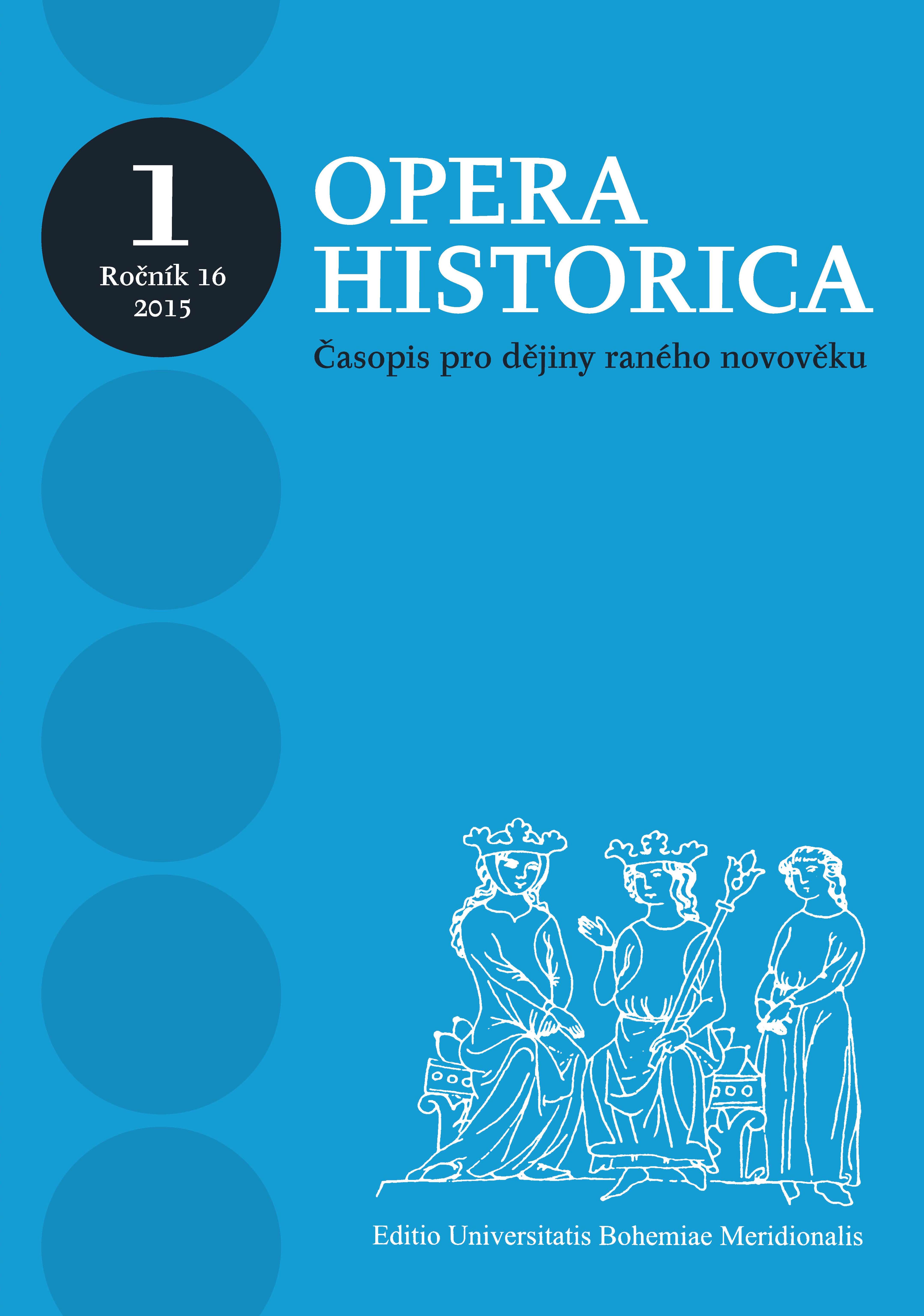Author(s): Alessandro Sette / Language(s): English
Issue: 2/2019
In late-eighteenth century, the three-stage partition (1772, 1793, and 1795) of the Polish-Lithuanian Commonwealth between Russia, Prussia and Austria not only gave the Tsarist Empire control over a great portion of Eastern Europe, it also transformed the largest Jewish community in the world into subjects of the Romanovs. Consequently, the Empress, Catherine II, found herself compelled to solve an unexpected problem, namely, how best to integrate hundreds of thousands of Jews in a nation, Russia, wherefrom the Jews had been expelled just some decades earlier. Taking as a point of departure works by leading historians, such as Simon Dubnow, John D. Klier, Richard Pipes, Michael Aronson, Benjamin Nathans and Hans Rogger, this paper hereby aims at analysing the Jewish policy put into practice by the Russian Government during the reign of Catherine II. More specifically, this work tries to shed new light on how and why the Jewish presence into the Tsarist Empire became a “question” for Russian policymakers. First of all, it explores the religious and social reasons that led Russians to perceive the Jews as an alien element, as well as Catherine II’s personal views on this issue. Further, the paper investigates the differences between Russian and Jewish economic cultures and how the latter affected Catherine II’s early Jewish policy. Thus, the essay concludes in an examination of the logic beyond the foundation of the Pale of Settlement, namely the area in which Jews were forced to reside and work.
More...













